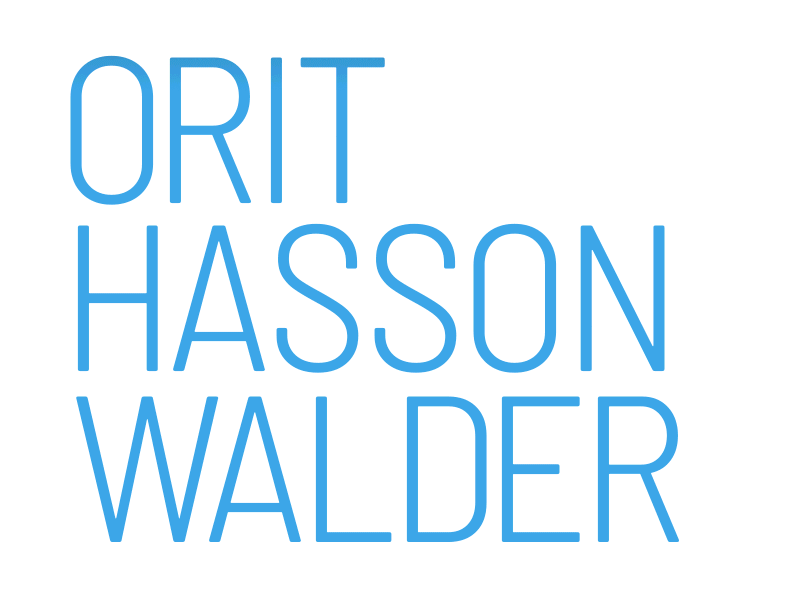Tarzan on a Bedsheet
Ramat Eliyahu Art Workshop, 2017
In the Gallery: Yael Ben Shalom, Leor Grady, Tseela Greenberg, Omer Krieger, Hillel Roman
In the Artist’s Window: Noa Turkenitz
Curator: Orit Hasson Walder
The exhibition Tarzan on a Bedsheet is based on the childhood memories of the old-timers of the Ramat Eliyahu neighborhood of watching Zorro and Tarzan films on improvised screenings on bedsheets in the neighborhood’s public spaces. Preparations leading up to the exhibit included public art actions in the neighborhood before, during, and after the Pinui/Binui Festival referring to the neighborhood renewal project.
The exhibition is an attempt to examine what happens to local history and mythology when processed in a different medium by a different generation. In what ways can we engage in archival material without falling into the trap of nostalgia? The artists further explore the potential to create a living, breathing culture existing in the encounter between contemporary artists and testimonies and memories which are part of the heritage of a particular ethnic community.
The exhibition invites local residents into a special installation constructed in collaboration with the neighborhood old-timers, comprising buildings made of sugar cubes contributed by local residents. Flags inspired by Rina’s stories hang in the windows, including Rina’s own story of how her husband ordered her to change her name to Sarah to bring good luck.
The public art actions by Omer Krieger and Hillel Roman as part of the Voice of the Future State Radio Station – Kol Hamedina Habaa, are been documented in a video-art piece edited especially for the exhibition. It depicts the live-streaming event held during of the Pinui/Binui Festival on Neighborhood Renewal, especially discussions in Amharic and Hebrew between representatives of the Pinui/Binui Neighborhood Renewal administration, Kes Samai Elias, religious leader of the Ethiopian community in Rishon Lezion, and between MK Yossi Yonah of the Mahaneh Hatzioni, one of the founders of the Eastern Democratic Rainbow, and local residents.
Yael Ben Shalom’s work will be screened on a touch screen in the Museum of the Heritage of Yemenite Jewry, founded in 1970 in Netanya by the artist’s grandfather. It has hardly changed since them. The 360° photography was filmed by an authorized photographer of Google Street View, enabling viewers to go on a virtual tour of the Museum without being physically present. Ben Shalom’s artwork seeks to arouse questions on the function of a heritage museum in this day and age and the reciprocal relations between the image of the museum presented to viewers in the gallery space.
Tseela Greenberg presents an installation proposing a model of the future Ramat Eliyahu neighborhood, made entirely of sugar, created in the wake of reports and features in the press in recent years and posted on the Municipality’s website on the neighborhood renewal project which intends to clear out residents and rebuild it. The sugar was gathered in door-to-door donations by the artist, a process documented in the film which is part of the installation, part culinary experimentation with sugar and part scientific experiment with changing physical states of material.
Leor Grady’s table placed in the gallery space was designed by the artist in collaboration with veteran neighborhood residents Yosef Golan, Saadia Garami, Itzik Sasson, and Mordechai Barzilai. The tables, reminiscent of schoolroom desks, invoke situations of hospitality. During these encounters, residents can meet over a cup of coffee, collect archival materials, encounters in which the old-timers act as librarians and information technologists. The veteran residents’ names and nicknames cut into the tables (Itzik Clara, Danny Hassibah) reflect the phenomenon of people changing their traditional family names to bear their mother’s name, as the mothers were dominant in the families.
The Artist’s Window facing the street showcases Noa Turkenitz’s work in mixed media made in two sections, bringing to mind patchwork quilts. They form what look like long flags, inspired by Rina (Sarah) Natan, a local resident born in 1920, creating a mythology unique to Rina and other of her contemporaries who are part of the Yemenite community.
